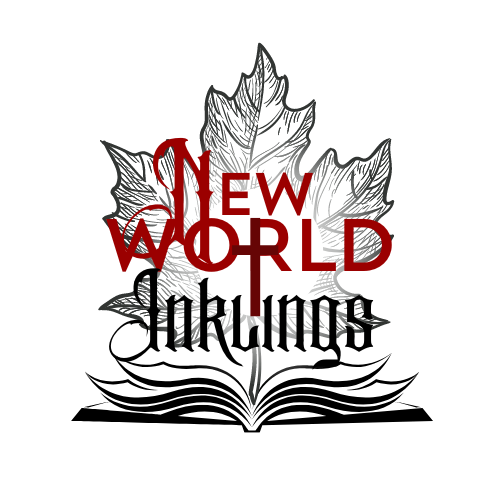How do I account for human perspective and bias? How do I know whether the research I’m reading was done well or poorly?
Historiography is the discipline of examining and recording a culture’s shifting standards of record-keeping and reporting. The western world has experienced massive changes in this area over the past 350 years.
However, we can use the same principles to navigate realms of thought as we can to navigate physical realms. Triangulation means checking from at least three different points of view and comparing the measurements to analyze where we’re going.
Sources: Navigational Aids
For social sciences and liberal arts, triangulation means checking at least three sources to see whether they agree or disagree. This might mean looking for multiple studies of the same subject. It might mean designing one of your own to see if you get the same results as someone else.
It can also mean looking at sources from different time periods, paying attention to how they perceive competing worldviews, data, information, and opinion.
When working with words and their meaning, human perspectives, and social trends, triangulation is important for measuring sameness and change.
- Do people approach research the same way in one decade as in others?
- Do people use a word the same way in different generations?
- Do people select the same facts to focus on in different time periods in the same subject area?
- Does new scientific discovery change a subject or issue, or does it remain the same?
Provenance
If your topic is archaeology, primary sources are artifacts, places, and people who have gone to the sites. Secondary sources include linguists who can read ancient texts in their original language and report on the contents of those texts.
Where reproductions have been used for study (photographs, reproductions of artifacts or texts), there must be transparency as to where the reproduction came from, who made it, where and when. The W5 + H apply again!
This is called “provenance,” or proving the origins. (This is not the same word as “providence.”)
Examples
In Western Culture
The copyright information in printed books is designed to provide a trail back to the first printing’s date and location, so it can be searched for and verified if necessary.
With few exceptions, this is impossible with web pages and social media. Print can’t be changed or made to vanish the way uploads can.
One of the roles of museums is to provide provenance. A museum is meant to allow its visitors to become primary sources by seeing the artifacts of history. Ideally, museums protect the objects of the past and acquaint visitors with primary-source research into them.
However, this role of museums has gradually given way to cultural propaganda. A prime example is the Museum of Human Rights in Winnipeg, Canada. It features almost no artifacts, only interpretive displays and a chthonic-pagan architectural experience.
In the Bible
Notice that the gospel accounts go beyond triangulation of their primary and secondary material. There are four of them. They also provide examples of a variety of methods of recording information: Direct observation and interview are their main methods.
The collection of 66 books across at least 1600 years, three languages, multiple cultures, and 40-some authors ensures verifiability far beyond triangulation. The Bible is a miraculously self-validating web of concepts, history, and interpretation. No other historical body of knowledge comes close.
The Bible sets the highest standard for how we do research, record history, and determine knowledge, and it provides all the examples you need for how to meet those standards. If you’re working on knowing the Bible, you’re working on becoming better at research and writing.
Translations
In the past, it was expected that liberal arts majors be able to work in several languages relevant to their expertise, so that they could read primary source material for themselves. It’s important to reduce reliance on others’ interpretations as much as possible. Translation, however faithful, can’t avoid some qualities of interpretation. Depending on the level of academic rigour, translations may only be considered secondary sources for some coursework.
Studying the Bible and using different English translations provides baked-in training in the methods of translation. It teaches average people how to identify works which strive to avoid imposing interpretation on the text.
If you’re citing documents that were originally written in a language you don’t speak or read, you can use the same tools as selecting a good-quality Bible translation and comparing it to other translations.
Look up three translations or paraphrases of an older work and compare how they handle any passage that’s difficult to understand. Especially with historical works, this is often accessible online.
Some options are:
- Norse-Saxon: Beowulf, The Edda
- Celtic: The Welsh Chronicles, The Mabinogion
- Greek: Homer, Plato, Hesiod, Apollonius of Rhodes, Plutarch, Archimedes
- Roman: Caesar, Pliny, Herotodus, Livy, Tacitus, Josephus
- Egyptian: The Story of Sinuhe, The Book of the Dead, The Prophecy of Neferti, The Loyalist Teaching
- Sumerian: The Epic of Gilgamesh, The Code of Hammurabi, Lament for Ur
Our deep cultural context is far more accessible than it may seem.
Self-Evaluation
Can you identify three to five primary sources on your topic?
Can you compare and contrast their viewpoints, noting which time periods and countries they come from?
Can you account for the author’s perspective and political agenda? (This is as true of the Greeks and Romans as any postmodern writer.)
Can you find elements in the text that can’t be explained away by the writer’s personal agenda? Are there events or issues that writers of different perspectives agree on? (For example, Josephus writing about the early followers of Christ.)
Words: 934 | Time to read: 4 minutes | Time to write: 1.5 hours

